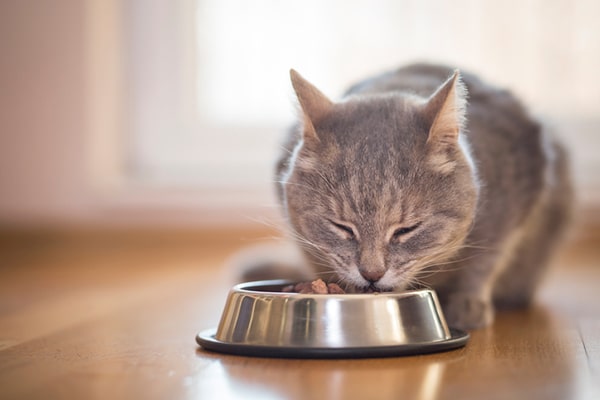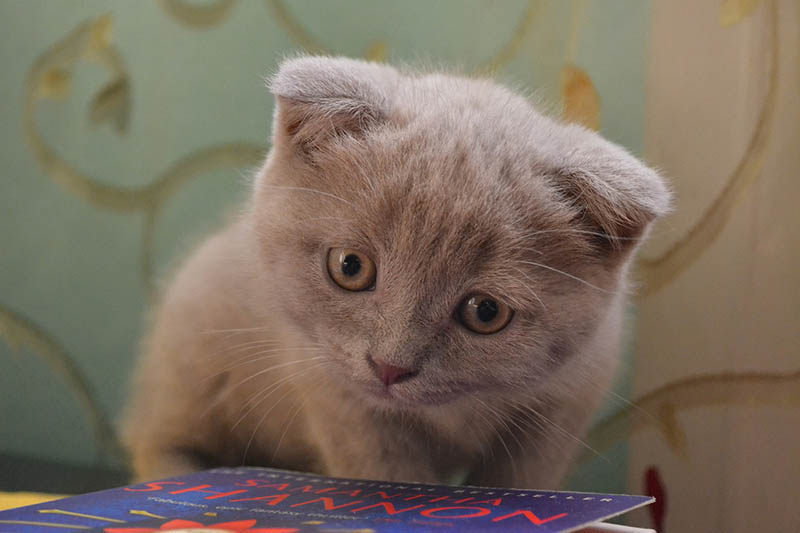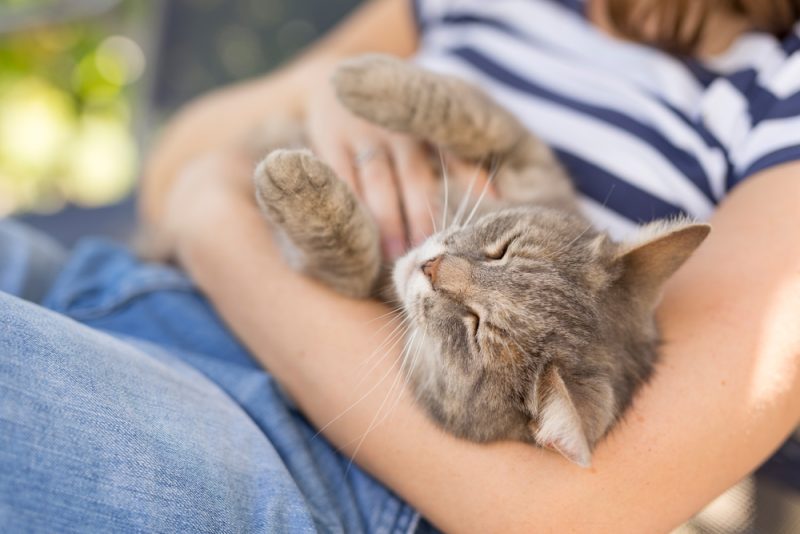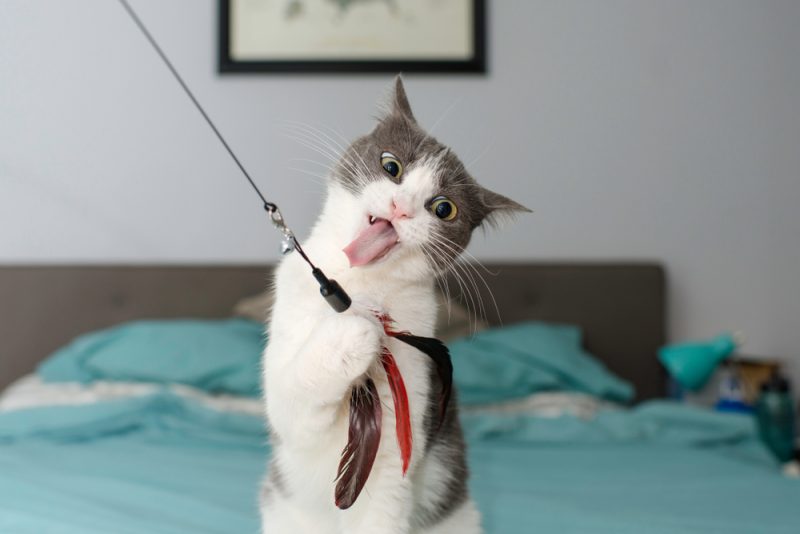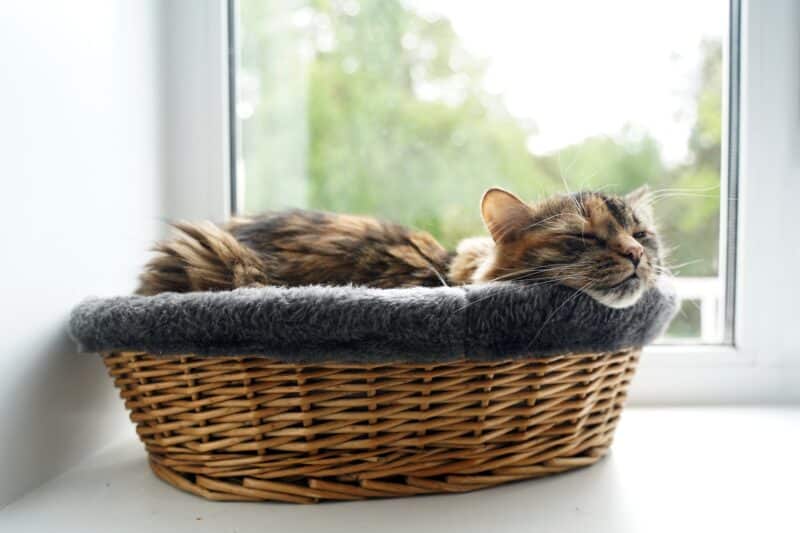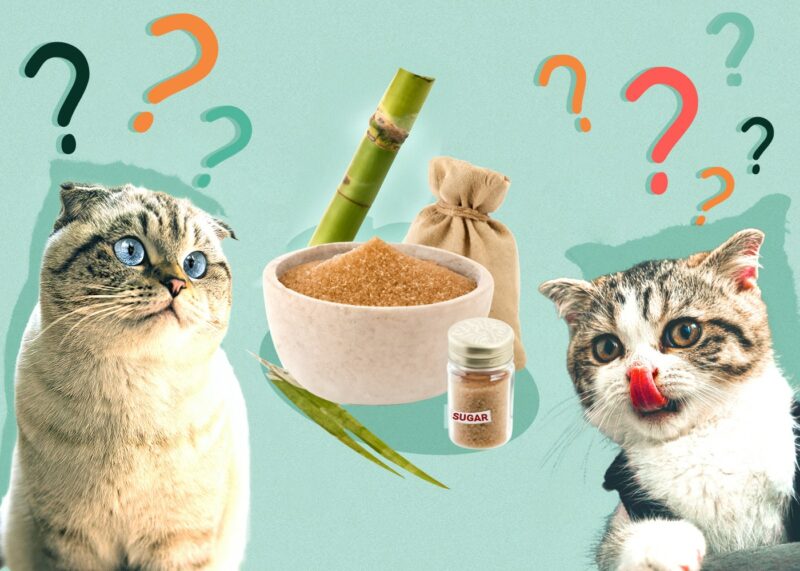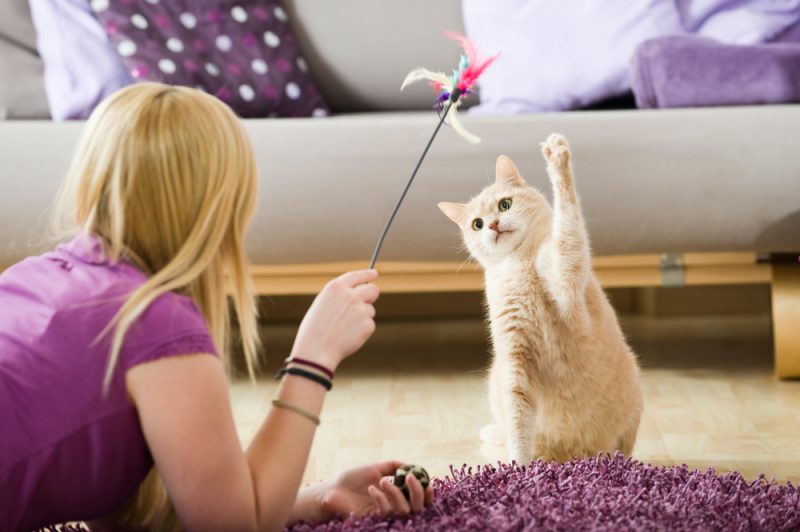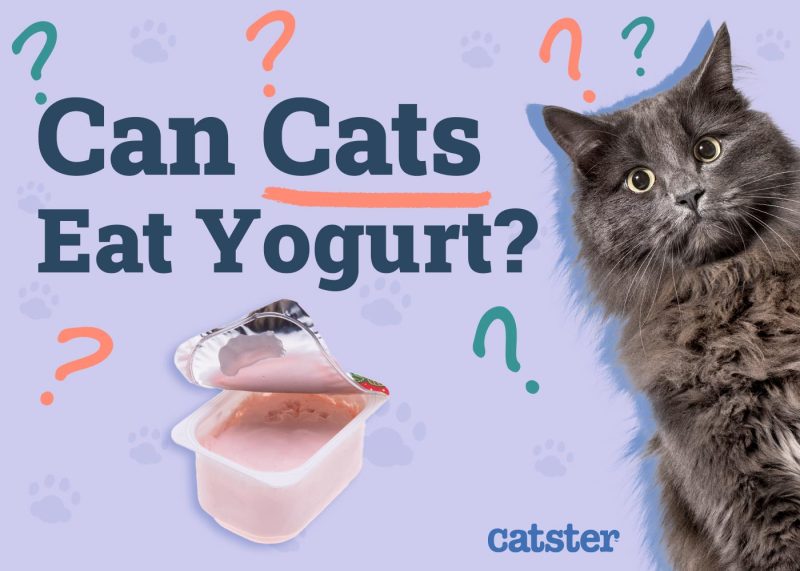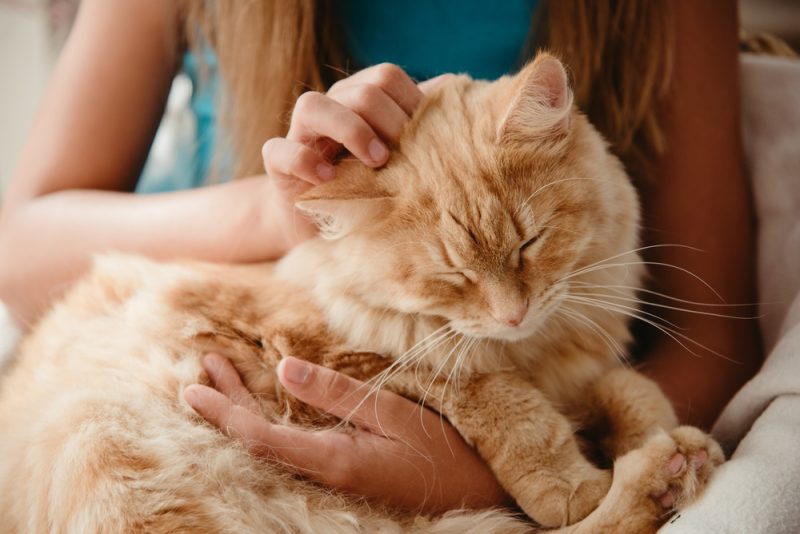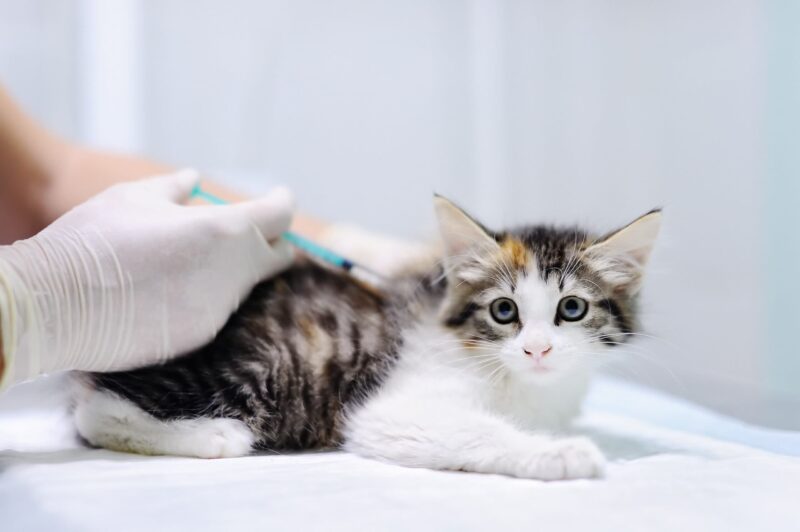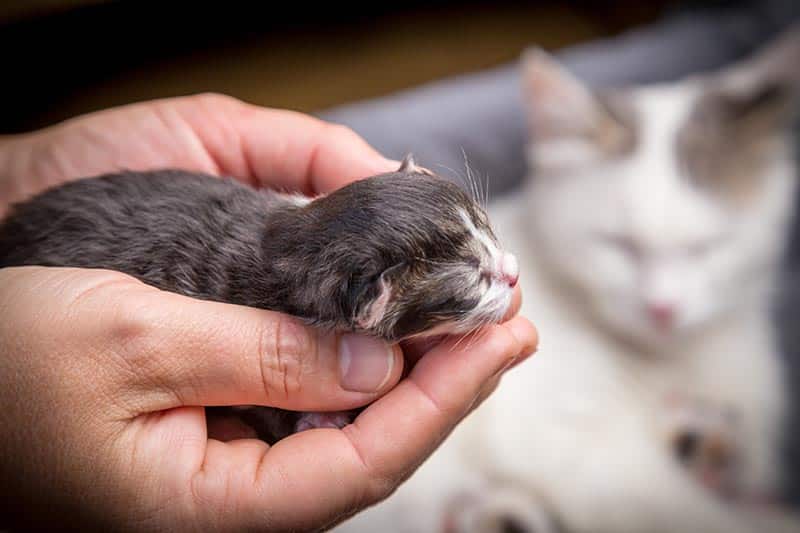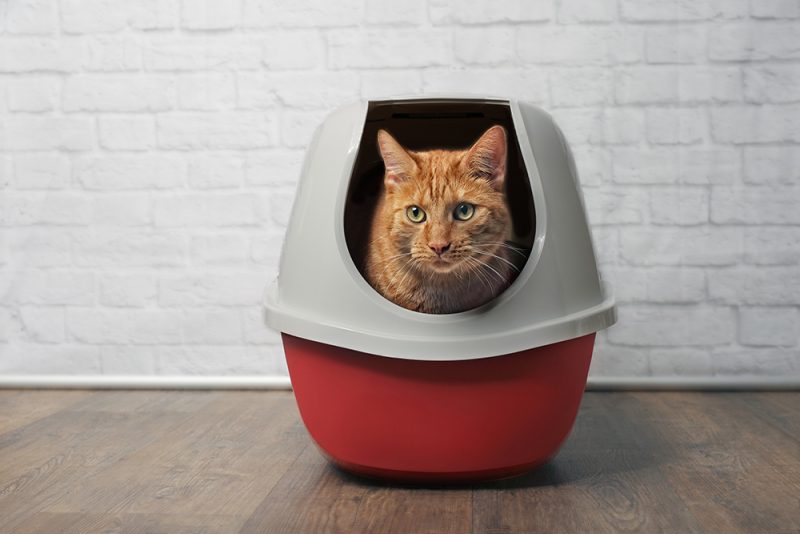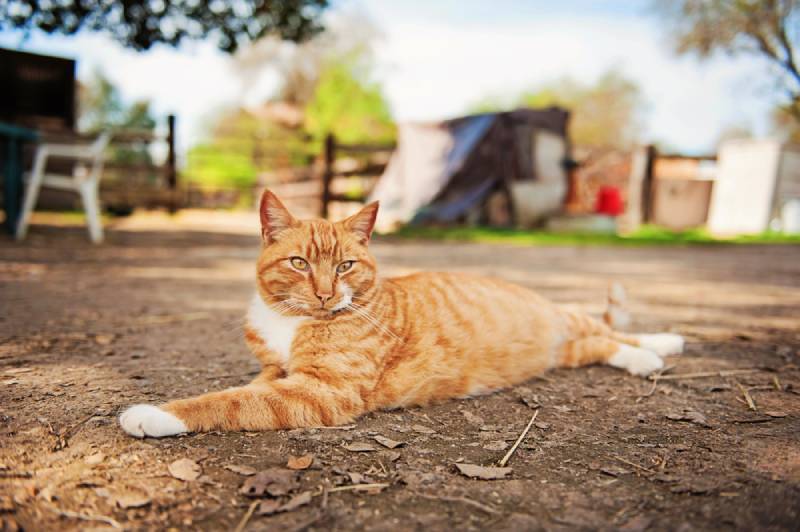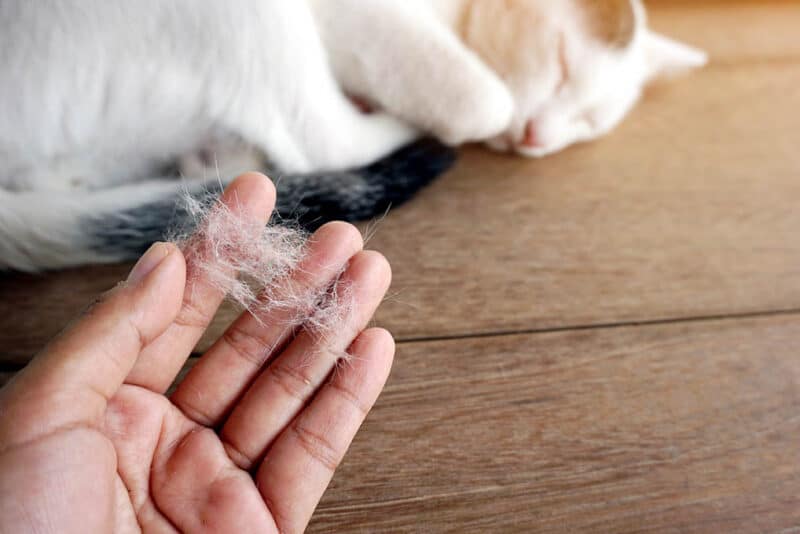Diabetes in cats is fairly common. Many people become concerned when they receive the diagnosis, knowing that their cat now has this lifelong disease. However, caring for a cat with diabetes does not need to be difficult. We are here to discuss seven tips for diabetic cat care.

What Is Diabetes in a Cat?
Insulin is a hormone that is naturally produced by the body. Insulin’s main job is to help regulate blood sugar 1. Simplified, insulin will absorb glucose from the blood, delivering the vital energy to other cells such as fat, liver, and muscles, while simultaneously lowering the levels of the sugar in the blood.
- Not producing any insulin (Type I)
- The cells of the body are not responding appropriately to insulin or there is insufficient insulin being produced (Type II)
- There is insulin resistance present due to other diseases or conditions (Type III)
Most cats suffer from Type II diabetes, though in all instances, insulin has to be manually given to help control the elevated levels of sugar or glucose in the blood.
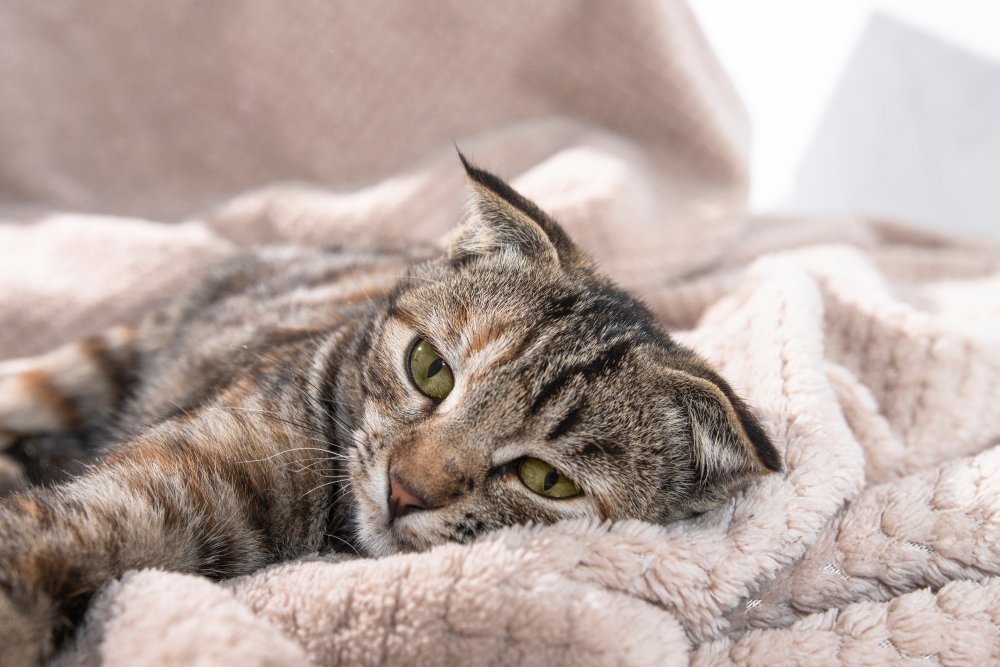
How Is Diabetes Diagnosed?
Diabetes is diagnosed with a combination of bloodwork and urine testing. The presence of a severely elevated blood sugar (blood glucose) on bloodwork, in addition to high levels of glucose or sugar in the urine, is indicative of diabetes. The tricky part is that when cats become stressed, their blood glucose can become temporarily elevated. If your cat has routine bloodwork completed and their blood glucose is what we refer to as borderline elevated, your veterinarian may want to recheck that in a few days or weeks. If hyperglycemia (elevated blood glucose) is repeatable, then there is more of a chance your cat has diabetes than just a stress-induced hyperglycemia.
How to Treat a Diabetic Cat
Cats that are diagnosed as diabetic will need to be on regular insulin, administered by you. The insulin will need to be given as injections either once or twice a day, depending on the type of insulin used. Oral diabetic medications have not been proven as effective in cats as they are in people, though there are ongoing studies for new medications. Some veterinarians will also prescribe a prescription food in addition to the insulin.
Once your veterinarian prescribes your cat insulin, it’s important that you make sure you are giving it appropriately and with the appropriate insulin syringe. There are different sizes of insulin syringes, and certain types of insulin can only use certain types of syringes. Never ever give your cat insulin in a syringe that was not provided to you by either the veterinarian or the pharmacy. Using the incorrect type of syringe can be deadly.
If you need to speak with a vet but can't get to one, head over to PangoVet. It's an online service where you can talk to a vet online and get the advice you need for your pet — all at an affordable price!


The 7 Tips for Care
If your cat is diagnosed with diabetes, there are several care tips you will need to follow.
1. Measured Food
Commonly with indoor cats, people will either have an automatic feeder, or just randomly “fill a bowl” with food. Cats are grazers by nature, and it’s normal for them to eat a few bites, walk away, then come back and eat more later. The problem is that our indoor cats have now trained us – yes, trained us – to feed them higher amounts than needed. They are consuming way too many calories constantly throughout the day, instead of eating regular, measured meals.
If your cat is diabetic, it’s extremely important that you are measuring their daily food, and only feeding the recommended amount by your veterinarian. Your veterinarian may also want your cat on a regulated, prescription diet that helps to further control their blood sugar spikes.
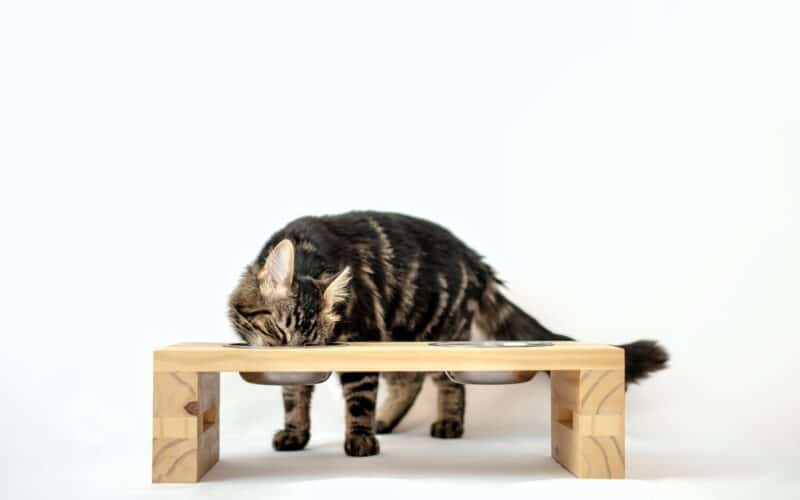
2. Regular Mealtimes
As mentioned above, cats are grazers by nature. But many indoor cats have gotten away from that and will polish off an entire bowl of food the second it’s put in front of them. Either way, once you know how much your cat should be eating daily (see #1 above), the food should be added to the bowl at the same two times every day. Ideally the food is fed 12 hours apart, or as close to 12 hours apart as you can get it. It doesn’t matter if your work schedule means you feed your cat at 2 pm and 2 am, as long as the intervals are as close to 12 hours apart as you can get.
3. Regular Insulin Administration
The regular mealtimes and measured food are important so that your cat can also receive their insulin at the same time(s) every day. Depending on the type of insulin your cat is on, they commonly receive two injections a day, each 12 hours apart. It’s important to ask your veterinarian if your cat will have once a day insulin or twice a day insulin so that their mealtimes correlate appropriately. Insulin should be given at mealtimes. This will also help distract your cat so that you can give the injection – stick a bowl of food down in front of them, and while they’re crunching away, you can quickly give the insulin.
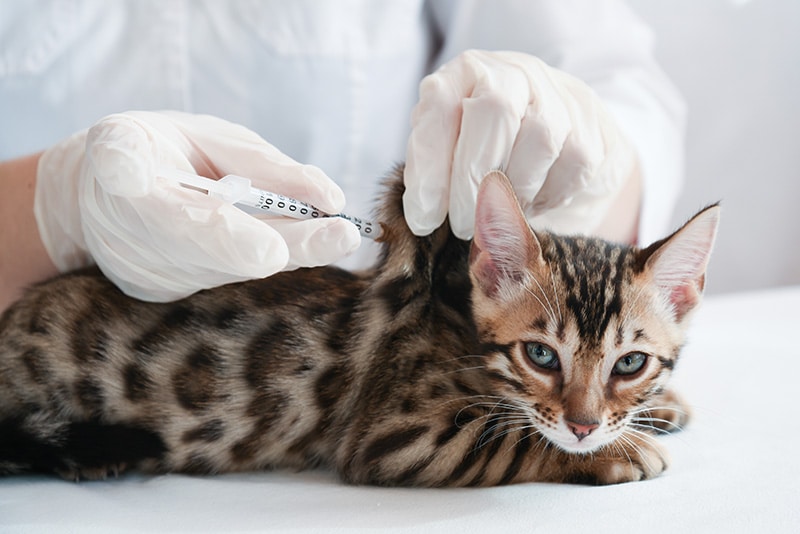
4. Appropriate Insulin Handling
Most insulin has to be refrigerated when not in use. When it’s taken out, it should be gently rolled between your hands, not vigorously shaken, to ensure it is mixed evenly. Staff at your veterinary clinic can demonstrate how to do this. Use only the insulin syringes provided with the insulin and only pull up insulin as you use it. In other words, do not pre-draw syringes and then leave them in the fridge. Doing this can cause the insulin to be ineffective as it is not getting appropriately mixed beforehand.
5. Allow Time for Refills
Some insulin bottles are only good for 30 days and then expire. Others may last for a few months. Check with your veterinarian or the pharmacy that you get the insulin at for expiration times. Once you know this, allow at least one week for refills. Do not wait until the last dose or until your bottle has expired. Your veterinarian or the local pharmacy may be out, and you do not want your cat to go without their insulin.
It’s also important to know that you are in charge of your cat’s insulin over holidays and during travel. If you run out, you cannot just run to the nearest veterinary clinic and pick some up. It’s illegal in most states for veterinary hospitals to act like pharmacies. In other words, your cat needs to be a regular patient at said hospital in order to get medications there. Do not expect that any veterinarian can get your cat’s medications for you.
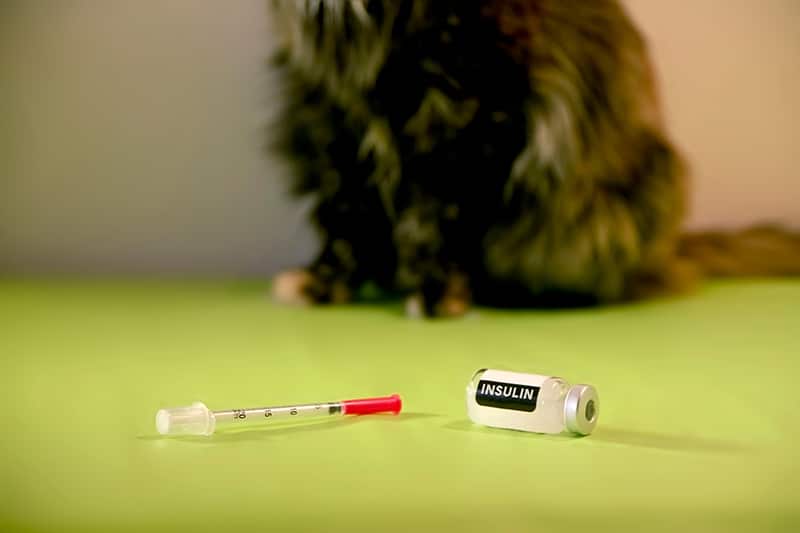
6. Regular Glucose Curves and Urine Testing
One of the most important things you can do for your cat is follow-up, follow-up, follow-up. Many people think that once their cat is on insulin, they’re good to go for years to come. This is not true. Your cat will need to have regular glucose curves and urine testing to make sure that their diabetes is well regulated.
Glucose curves involve taking blood glucose readings (a single drop of blood is all that is needed) every few hours over the course of 8–24 hours. Your cat should receive their normal meals and insulin the day of a curve. Based on those readings, your veterinarian can then adjust your cat’s insulin up or down. Only allowing “spot check” glucose readings does not show the entire picture. If your cat is well behaved, you may be able to take these readings at home and report it back to your veterinarian.
The urine also needs to be monitored for excessive sugar and infection. Cats with diabetes are at increased risk of UTIs due to the sugar content in their urine. When present, infections can make diabetes management difficult. Regular urine testing is always a good idea in diabetic cats.
7. Weight Control
This goes along with all of the above. As with people, overweight cats are at increased risk of developing diabetes. In addition, regulating diabetes can prove to be more difficult in an overweight cat, though not always. If you are feeding your cat the recommended type of food, the recommended amount, and at the recommended times, they will hopefully lose weight slowly and naturally. Work with your veterinarian to determine a healthy weight for your cat.
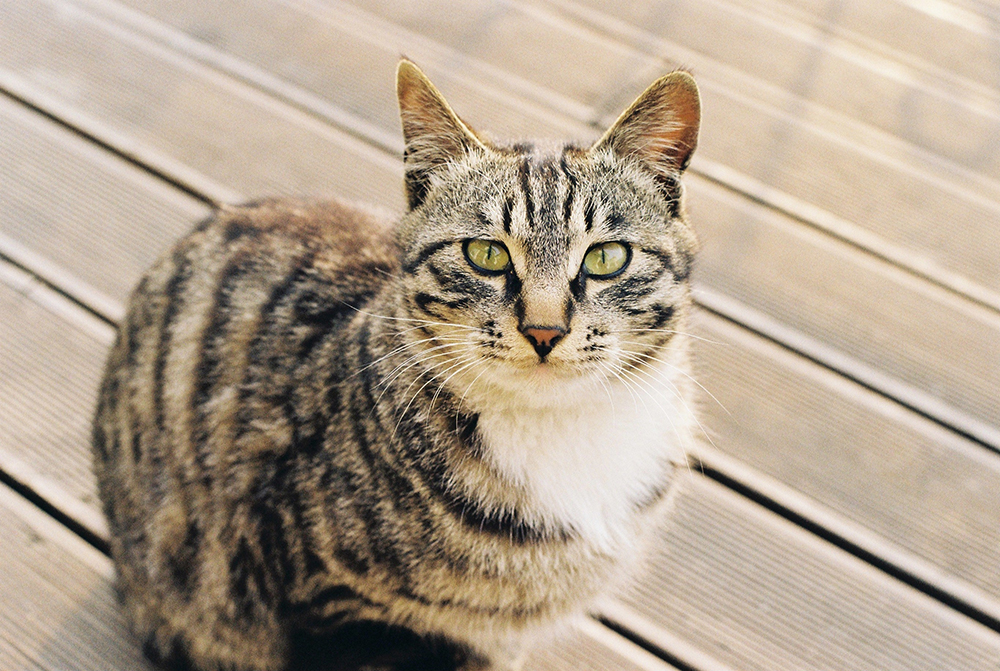

Conclusion
Diabetes mellitus is a commonly diagnosed endocrine disorder in cats. Treatment includes regular insulin injections (either once or twice daily) and often a diet change. At minimum, your cat will need to be on a measured, regulated diet and will no longer be able to enjoy the free-fed lifestyle. Working with your veterinarian on regular follow-up testing such as urinalysis and glucose curves will help to ensure that your cat is well regulated. Always make sure that you are handling the insulin correctly, administering it correctly, and only giving and feeding what is prescribed.
Diabetes in a cat does not have to be a death sentence, and many go on to live long, otherwise healthy lives. However, making sure that you are following all of your veterinarian’s recommendations and taking care of your cat as recommended will give your cat the best chance of long term health.
See Also:
- How to Prevent Diabetes in Cats: 7 Vet-Approved Tips
- How to Care for a Cat with FIV: 8 Vet-Verified Tips for Better Feline Care
Featured Image Credit: Vladeep, Shutterstock
